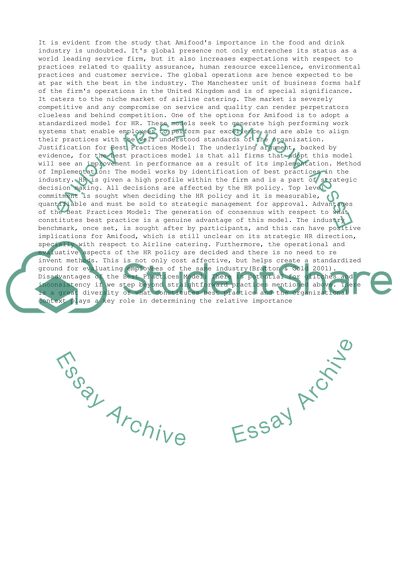Cite this document
(“Human Resource Management at Work: Amifood case Essay”, n.d.)
Retrieved from https://studentshare.org/business/1394430-human-resource-management-at-work-amifood-case
Retrieved from https://studentshare.org/business/1394430-human-resource-management-at-work-amifood-case
(Human Resource Management at Work: Amifood Case Essay)
https://studentshare.org/business/1394430-human-resource-management-at-work-amifood-case.
https://studentshare.org/business/1394430-human-resource-management-at-work-amifood-case.
“Human Resource Management at Work: Amifood Case Essay”, n.d. https://studentshare.org/business/1394430-human-resource-management-at-work-amifood-case.


